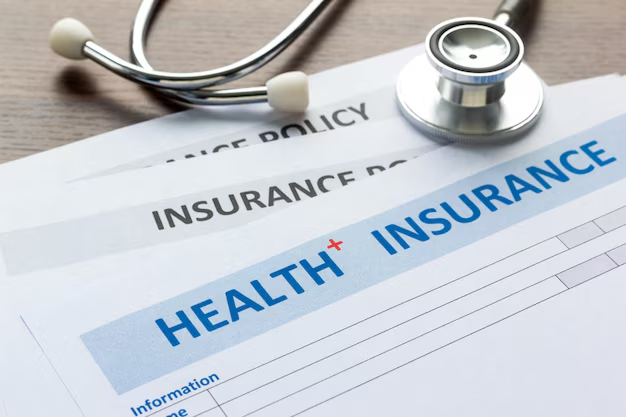Choosing the Right Medicare Part D Plan: What You Need to Know
Navigating the world of Medicare Part D plans can feel like finding your way through a maze. With numerous options and varying costs, it's essential to understand which plan best fits your needs and budget. So, what is the best Medicare Part D plan available?
Understanding Medicare Part D
Medicare Part D, the prescription drug coverage component of Medicare, is a vital resource for those who rely on medications to manage their health. However, because these plans are offered through private insurance companies approved by Medicare, plan details such as premiums, covered drugs, and costs can vary significantly.
Factors to Consider When Choosing a Plan
Coverage and Formulary: Each plan has its own formulary, which is the list of drugs it covers. Not only should the plan cover your prescribed medications, but it should also provide them at an affordable cost.
Costs: Look at the total costs, not just the premium. Deductibles, copayments, and coinsurance can vary and affect your overall out-of-pocket expenses.
Pharmacy Network: To save on costs, ensure your preferred pharmacy is within the network of your selected plan. Some plans have preferred pharmacies that offer medications at a lower cost.
Customer Ratings: Check the plan's ratings and reviews for insights about customer service and satisfaction levels.
Additional Benefits: Some plans offer extras like coverage in the coverage gap (the “donut hole”), medication management services, or discounts on other health services.
Avoid Common Pitfalls
Many beneficiaries don't review their Medicare Part D plan annually, which can lead to paying more than necessary for the same coverage. Plans can change their costs and formularies each year, so it's crucial to reassess your needs during the Annual Enrollment Period.
Optimizing Your Medicare and Financial Health
Exploring other financial assistance options can ensure you’re not just covered, but thriving:
Medicare Savings Programs (MSPs): These programs help cover some out-of-pocket costs such as premiums, deductibles, and coinsurance for Medicare beneficiaries with low income.
Low-Income Subsidy (LIS)/Extra Help: This is a program that helps cover Part D premiums, deductibles, and co-payments.
By leveraging these programs, you can reduce financial strain and focus more on maintaining your health. Moreover, you may want to assess other aspects of your financial portfolio, such as debt relief solutions or credit card management strategies, which relate to overall financial wellness.
Consider scaling up your education, which could lead to increased income and financial resilience. Educational grants might be the resource you need to gain new skills. Such proactive measures can reduce financial pressure, allowing you to maintain better control over healthcare and daily living expenses.
Additional Resources for Financial Assistance and Education
- 💸 Medicare Savings Programs: Permanently reduce Medicare Premiums
- 🔍 Low-Income Subsidy (Extra Help): Helps with prescription drug costs
- 📚 Educational Grants for Seniors: Acquire new skills without the financial burden
- 💳 Credit Counseling Services: Get strategies to reduce debt and improve credit score
- 📥 Local Community Aid Programs: Access community resources for additional support
Choosing the right Medicare Part D plan requires careful analysis and timely action. By staying informed and exploring related financial assistance opportunities, you can maximize your resources and enhance your health management strategy.

Related Topics
- Am I Elgible For Medicare
- Am I Enrolled In Medicare
- Am I Qualified For Medicare
- Are Adult Diapers Covered By Medicare
- Are Chemotherapy Drugs Covered By Medicare Part d
- Are Colonoscopies Covered By Medicare
- Are Covid Tests Covered By Medicare
- Are Cpap Machines Covered By Medicare
- Are Cpap Supplies Covered By Medicare
- Are Dental Implants Covered By Medicare